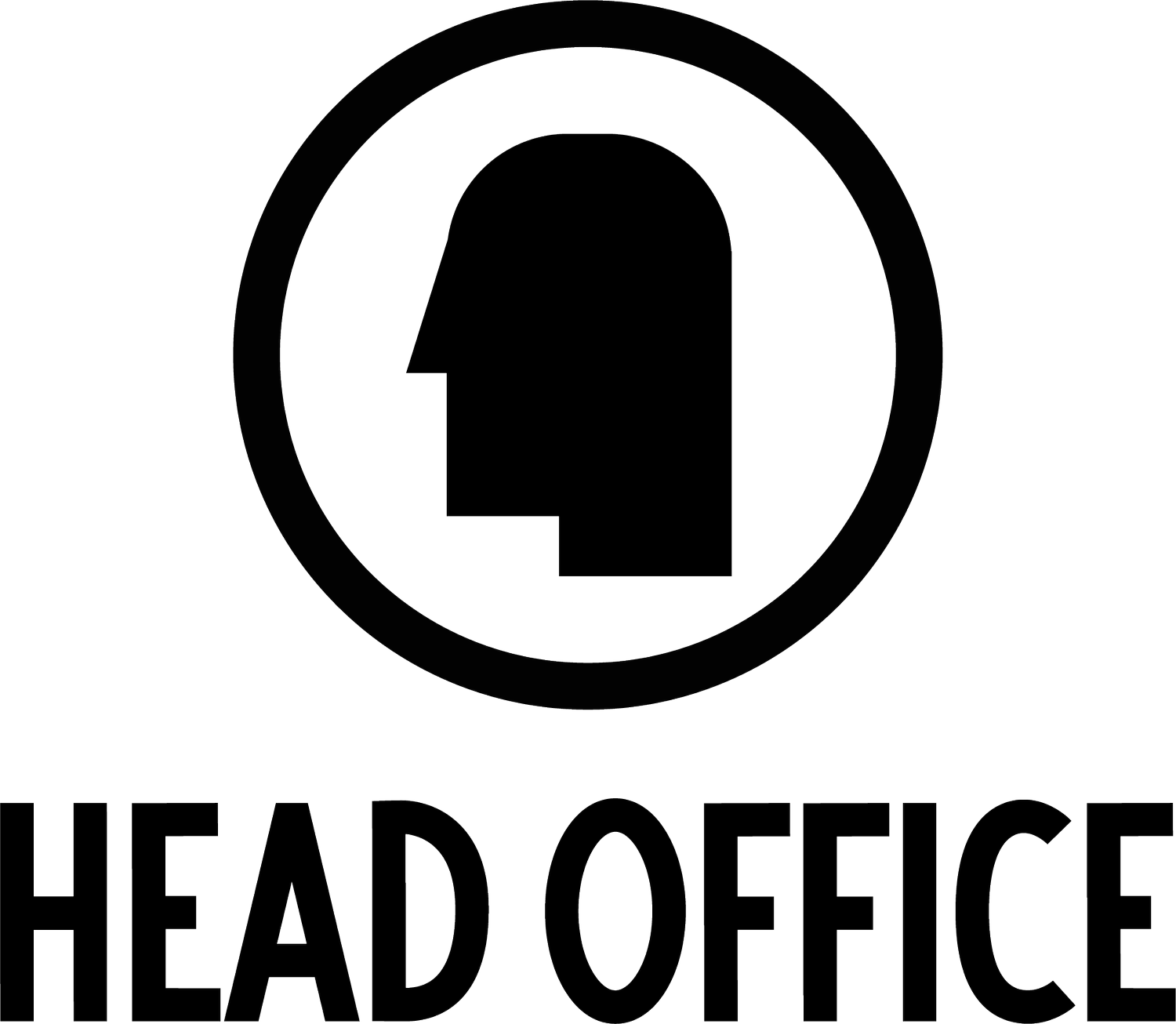How Animation Can Help Educate and Onboard New Employees with E-Learning Content
Animation is a powerful tool that can be used to educate and onboard new employees. It can be used to create engaging and informative e-learning content that can help employees learn about their new company, their role, and the products or services they will be working with.
There are many benefits to using animation for e-learning. Animation can help to:
Capture attention: Animation is a visually appealing medium that can help to capture the attention of learners.
Improve retention: Animation can help to improve the retention of information by making it more memorable and engaging.
Break down complex concepts: Animation can be used to break down complex concepts into smaller, easier-to-understand pieces.
Personalise learning: Animation can be personalized to the individual learner by using their name, role, and other relevant information.
Make learning fun: Animation can make learning fun and engaging, which can help to keep learners motivated.
There are many different ways to use animation for e-learning. Some common examples include:
Explainer videos: Explainer videos are short, animated videos that explain a concept or process. They are a great way to introduce new employees to their new company or role.
Interactive simulations: Interactive simulations allow learners to interact with a virtual environment and learn by doing. They are a great way to train employees on new skills or procedures.
Gamified learning: Gamified learning uses game-like elements to make learning fun and engaging. It is a great way to motivate learners and keep them engaged.
If you are looking for a way to educate and onboard new employees, animation is a great option. It can help to capture attention, improve retention, break down complex concepts, personalize learning, and make learning fun.
Here are some examples of how animation has been used to educate and onboard new employees:
A large financial services company used animation to create an explainer video that explained their new customer relationship management system. The video was used to train new employees on how to use the system, and it helped to improve their understanding of the system by making it more visual and engaging.
A technology company used animation to create an interactive simulation that allowed new employees to learn how to use their new software. The simulation was a great way for employees to learn by doing, and it helped them to get up to speed quickly on how to use the software.
A retail company used gamification to create a learning game that helped new employees learn about their products and services. The game was a fun and engaging way for employees to learn, and it helped them to remember the information more effectively.
If you are interested in using animation for e-learning, there are a few things you should keep in mind. First, you need to make sure that the animation is high quality. Poorly-made animation can be distracting and off-putting to learners. Second, you need to make sure that the animation is relevant to the content that you are trying to teach. If the animation is not relevant, it will not be effective in helping learners to learn. Finally, you need to make sure that the animation is engaging. If the animation is not engaging, learners will not pay attention to it and they will not learn anything.
If you keep these things in mind, animation can be a powerful tool for educating and onboarding new employees. It can help you to capture attention, improve retention, break down complex concepts, personalize learning, and make learning fun. Be sure to get in touch with us for a consultation!
